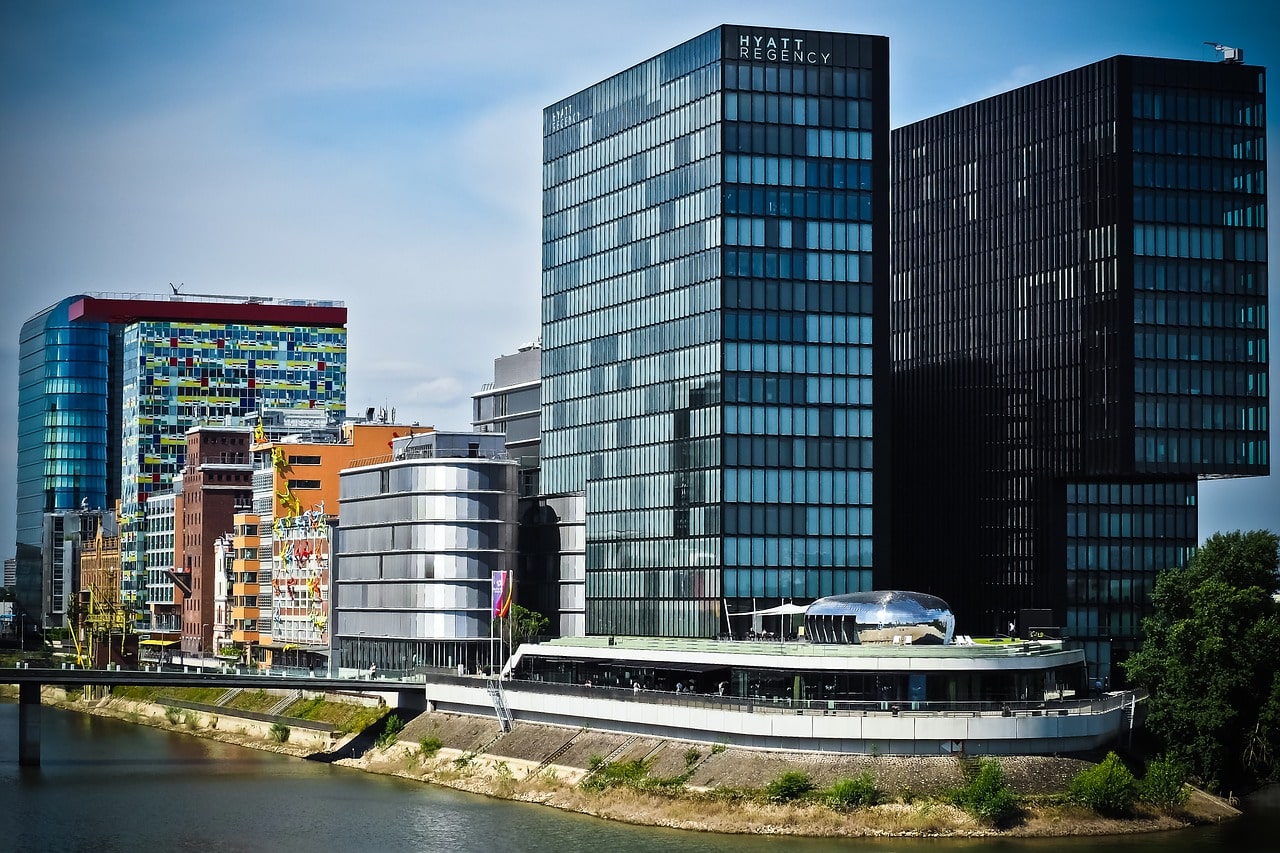
Ecosystem restoration means restoring the balance of nature. Getting it right can be complex. We need to ensure that restoration activities are delivered in the right way to achieve long-term benefits and support ecosystem recovery. This can include embedding sustainable approaches, co-designing and delivering programmes in a participatory and inclusive manner, and integrating policies and measures to enhance and scale up interventions contributing to long-term goals. Ultimately, quality forest landscape restoration is about much more than just planting trees. The UN Decade on Ecosystem Restoration has published a set of principles of ecosystem restoration to help guide all actors in the restoration space.
Good quality communication can help to explain the movement and specific projects in a public-friendly way, build confidence in restoration, help projects to achieve their aims, and foster trust between business, government, the public, and civil society so that all parties can work together effectively.
These guiding principles can help deliver good communications for project stakeholders and your wider audiences. Proactive communications strategies should be based on the principles of transparency, integrity, accountability and participation.
Authors: World Economic Forum, 1t.org, Trillion Trees, UN Decade on Restoration, Nature4Climate, and Laura de Molière PhD.
